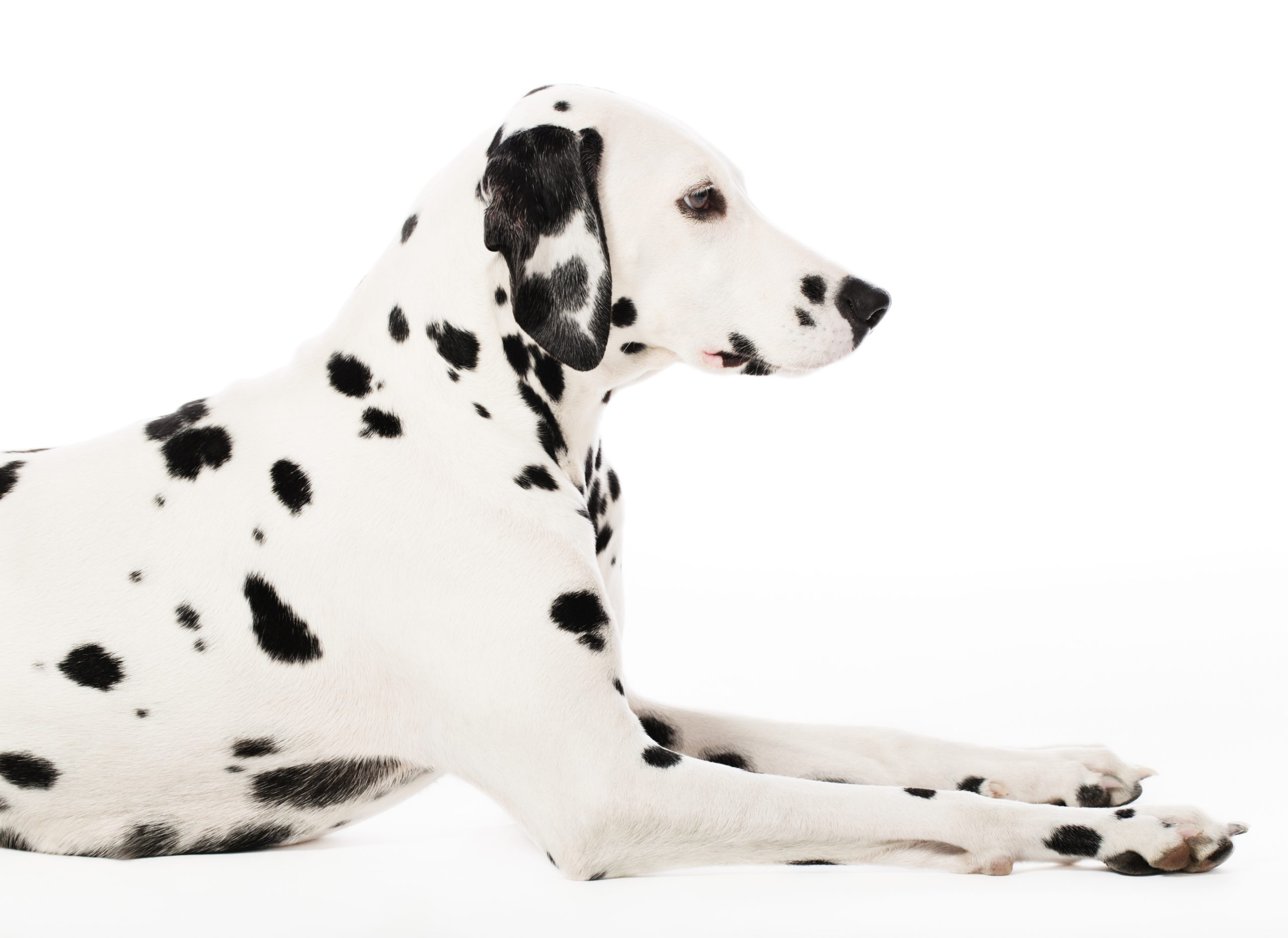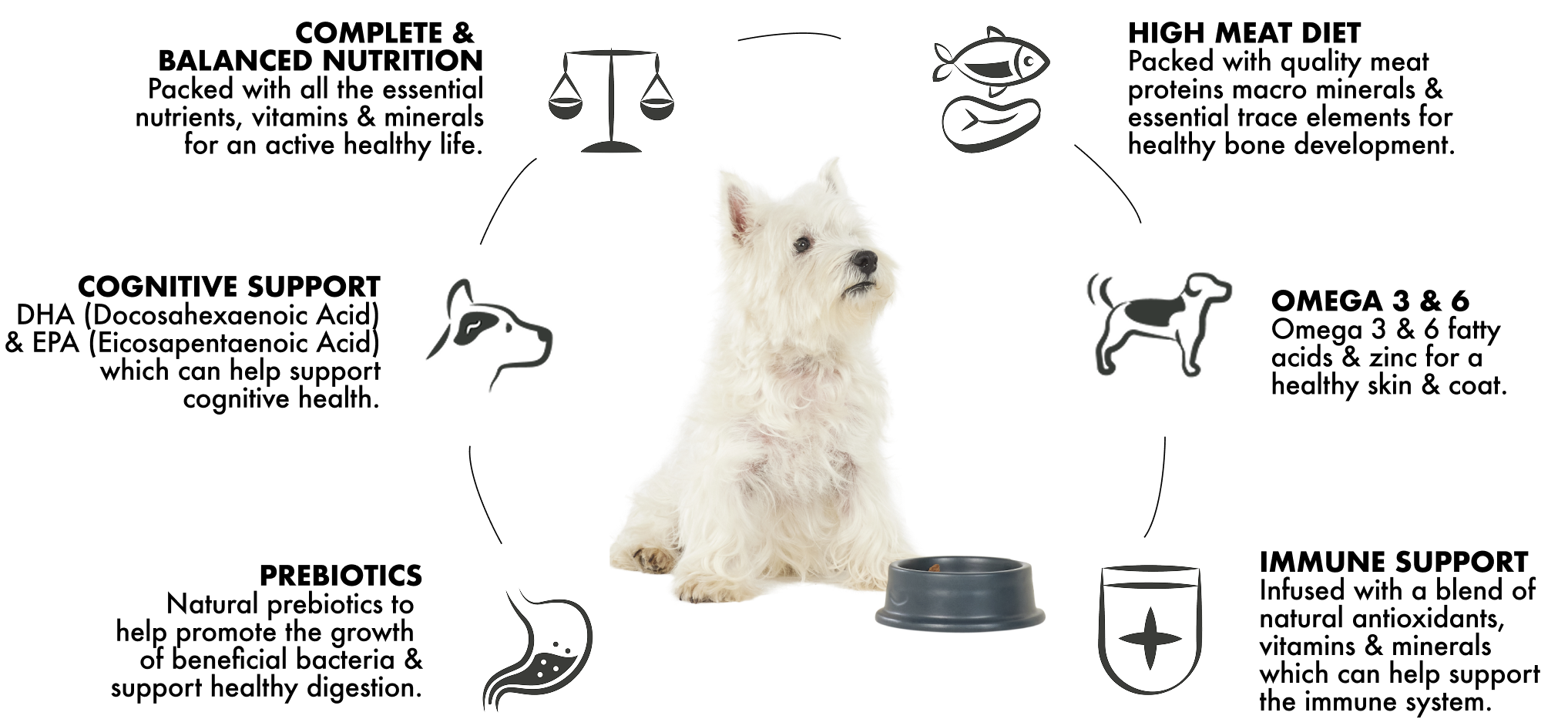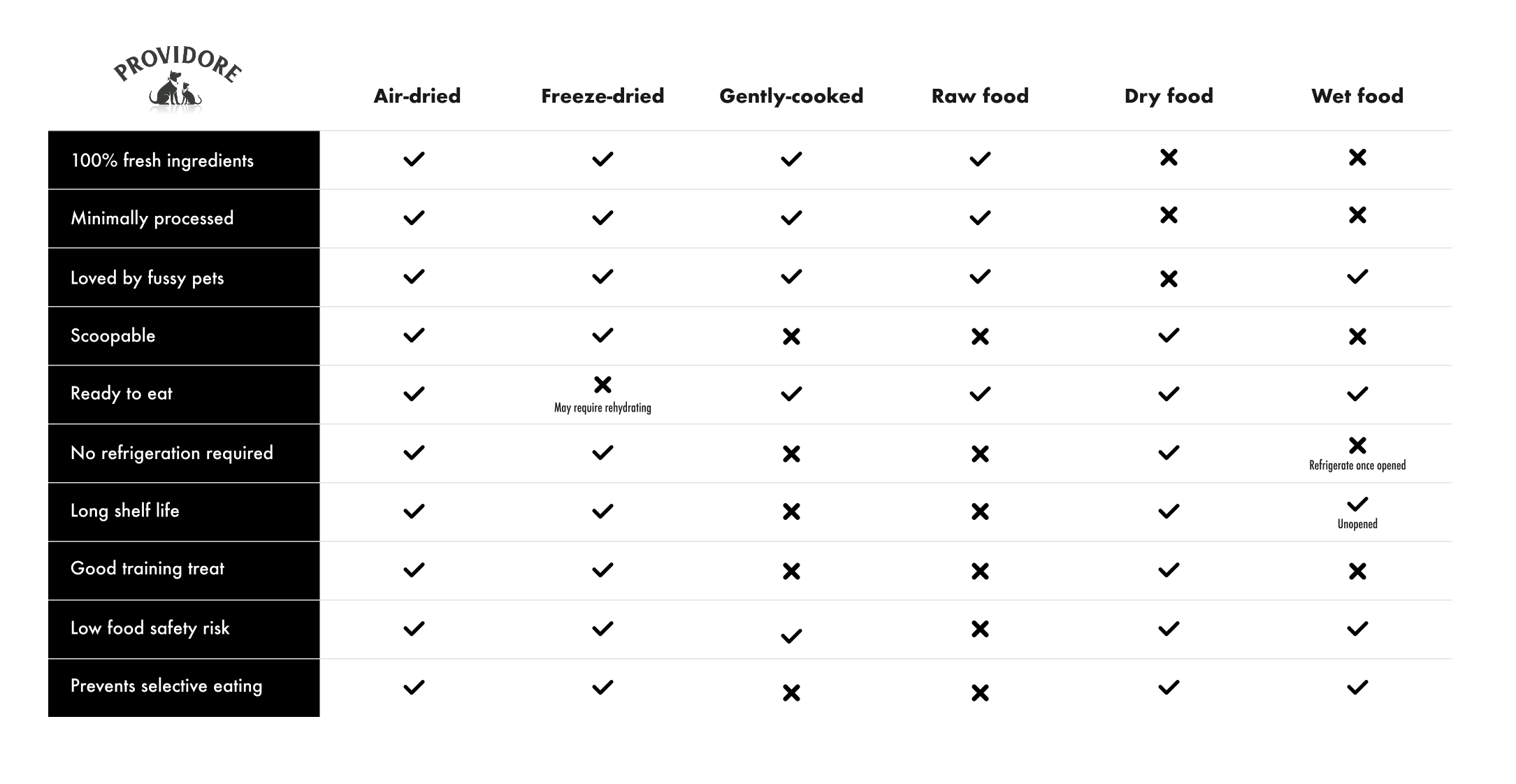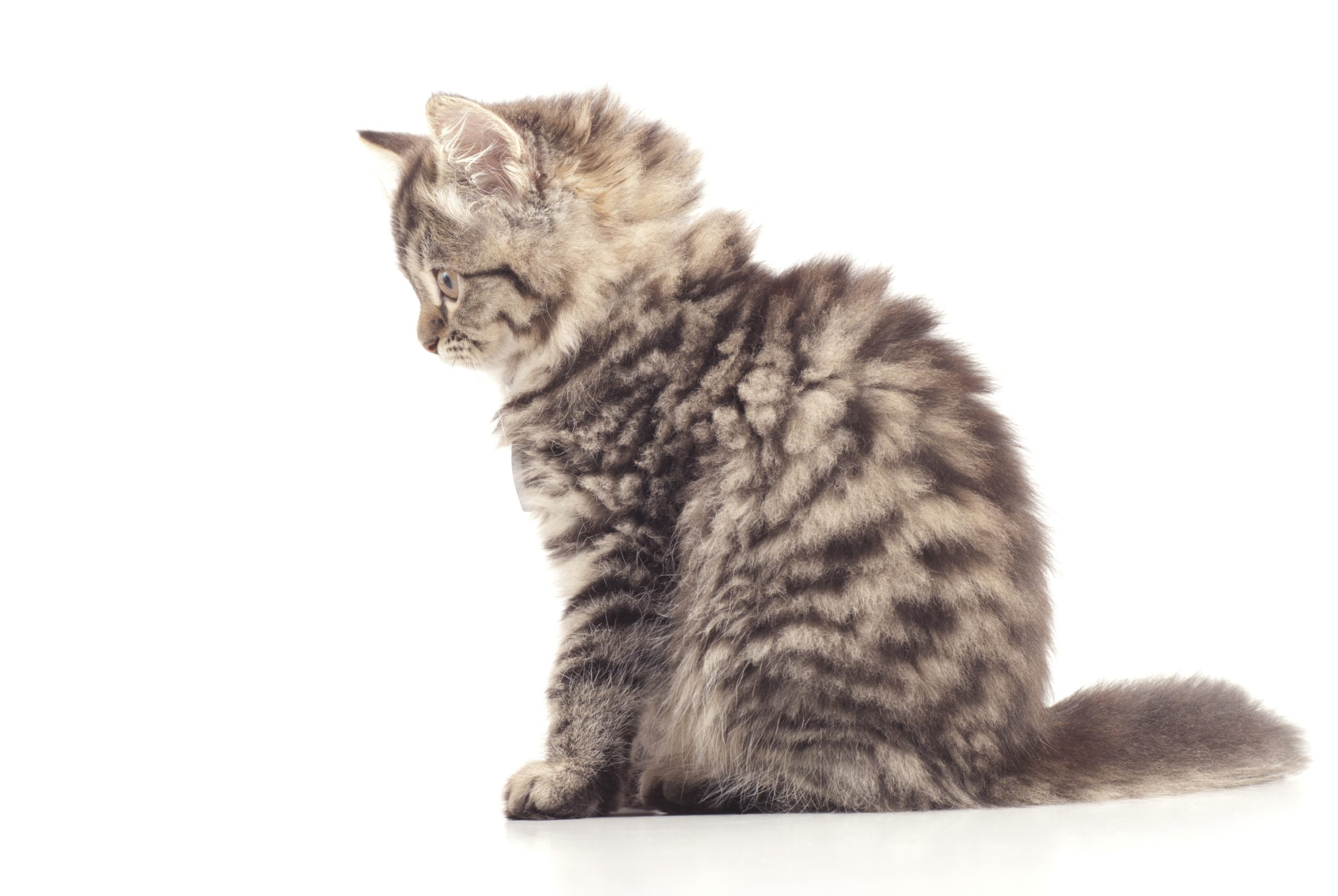Feeding for pet wellness:
The benefits of premium air-dried pet food for dogs and cats
Air-dried pet foods are versatile, high protein foods that pets and pet parents love. Available in treats, toppers, and complete diets, dogs and cats can’t resist these jerky-like foods.





